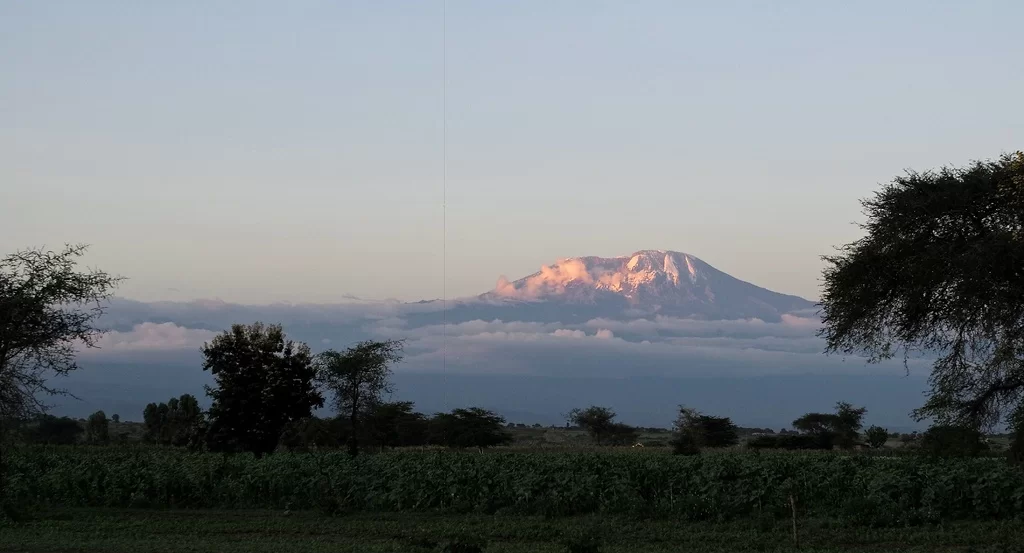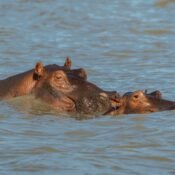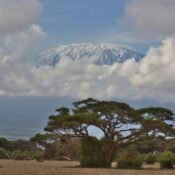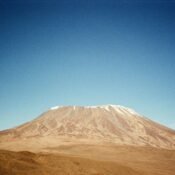
How to Plan A Trip to Kilimanjaro
One thing about Mount Kilimanjaro that travelers seem to underestimate when planning their trips is the dedication it takes to hike it. It is tough, there is no doubt about that. But it’s also completely worth it. If you are planning a trip to climb Mount Kilimanjaro, you must start by looking through different Tanzania Safari packages and choose one that suits your needs best.
After that is done, you can continue packing light (since it is a non-technical summit, you won’t have to waste any storage space on mountaineering equipment) and training your legs for the arduous journey you are about to embark upon.
Physique
Before you step onto the Kilimanjaro soil, it is advised to be caught up on your cardio. Whether it be running to the bus stop or climbing as many stairs as you can, you can start off by doing miniscule things that boost your stamina and get your body active. Further, you can try biking for long distances and running early in the morning to prepare for the difficult trek that awaits you.
You may also need to schedule a visit to the doctor for getting your breathing and blood circulation checked, because at high altitudes, the lack of oxygen and high altitude makes breathing a highly straining task. If our blood pressure is not stabilized when we begin our climb, it could lead to a bad case of nausea and migraine during the trek that gets worse with every step. Getting your breathing and circulation stabilized also allows you to get used to the high altitude of Kilimanjaro much faster than most tourists. This results in being able to trek for longer hours and make the most out of your Tanzania safari package.
Visiting Days
Kilimanjaro possesses a mild, temperate climate that makes it easier for you to plan your trek at your own pace and timings. However, some months should still be avoided, such as the rainy months of March to May or November to December. But if you wish to experience Kilimanjaro in the rainy season, you can still plan your treks in these months and enjoy a slightly slippery but glorious trail.
Packing
Whenever you embark on a Mt. Kilimanjaro tour or even a basic safari in Tanzania, there are a few things to be kept in mind. The Tanzanian law states that it is only permissible for you to have up to 32 pounds of gear carried by your guide or porter. Based on this, we advise you to pack reasonably and leave any extra equipment or bags at your hotel.
That being said, the Kilimanjaro climate varies throughout the year and most tourists that undertake this journey need to pack many layers of clothing to pull through the sharp, cold winds that blow around the middle to upper regions of the mountain. Most guides brief the tourists in advance on the kind of clothes they need to pack. The porter you choose will help you carry your bags to every campsite and thus your bags need to contain only the most essential of stuff including layers, sunscreen, water, money, food and your passport. Always make sure you carry a waterproof backpack or one with a raincover included in it, since there is always a chance of rain on the upper slopes.
As for bags, we recommend carrying two, a 25 liters one and a 95 liters one. Make sure these bags are durable and won’t come apart under pressure or moisture. If you wish to be even more careful about your belongings, you can pack your money and clothes inside a trash bag before putting them in your backpack. This will ensure that your vital belongings are always safe and dry.
Choosing Your Route
There are many routes available for tourists that wish to climb Kilimanjaro and picking a route that acts as the most convenient one for them allows for better experiences and shorter distances. Some of these routes are listed below:
Marangu Route
This route constitutes the shortest distance to the Kilimanjaro summit and is one of the steeper ones among others. If tourists wish to rest during the trek through this route, they can do so by relaxing in the only accommodating hut that lies on this route. But, there is no need to worry about the lack of huts along the way, since the hut that tourists encounter on this route offers some of the most dazzling views of the Kilimanjaro National Park. Here, the hikers can get a bird’s eye view of the safaris in Tanzania.
Rongai Route
Are you averse to crowds? Do you demand a route on the northern side of the mountain? If your answer to these questions is yes, then the Rongai Route is the one for you. It holds much less tourist population than any of its contemporaries and offers breathtaking views of alpine deserts and glorious arctic zones along its trail.
Lemosho Route
Despite being a more recent route, the Lemosho Route has quickly become one of the longest and most beloved routes on the way to Kilimanjaro. It paves its way through six varying ecological regions and offers a great experience to those who take more time to get used to the high altitudes of Mount Kilimanjaro.
Conclusion
Now that you know all about the different routes, packing preferences and weather conditions of Kilimanjaro, you may find yourself ready to embark on this journey to the high summits that await you. But, there are other elements in this journey that cannot be taught or explained in blog posts like these. Patience, dedication, strength are values that are instilled under pressure, and much needed for journeys like these to be fruitful. Climbing the humongous mountain of Kilimanjaro is not just a big feat, but also a testament to human greatness.
So, start by packing two light backpacks, getting good hiking shoes, putting on quality sunscreen and training your mind to endure even the harshest of storms and the most piercing of winds. If you succeed in doing so, you will find yourself witnessing a glorious sunset on a shining slope of the tallest mountain in Africa.
Frequently Asked Questions (FAQS)
Q1. What gear would I have to rent locally?
Ans. To climb Kilimanjaro, you would have to bring sunscreen, food, water, trekking poles, warm clothes, and a sleeping bag. Out of these, you can get trekking poles and sleeping bags from the nearby major towns but it is recommended for you to carry most of the stuff on your own.
Q2. What are the safety measures that can be taken in case of an emergency during the trail?
Ans. You can count on your porters and travel guides since they are experienced and efficient in first aid and have met many tourists over the years who suffered from altitude sickness. Their expertise can help you overcome your altitude sickness but it is vital that you inform your guide or porter the soonest you can of your symptoms.




